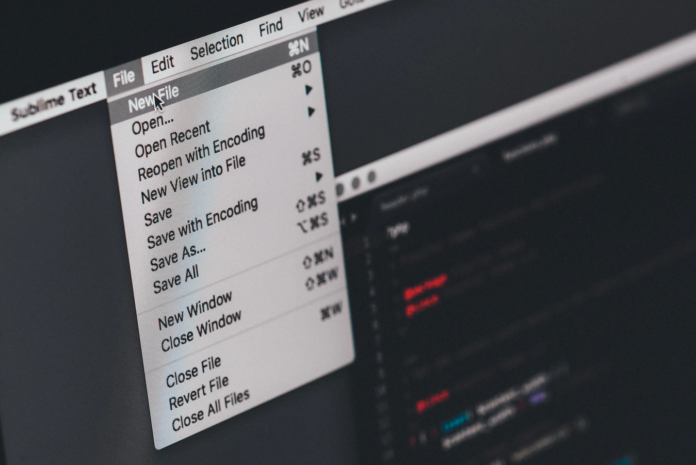The use of many different file formats means there are a lot of differences in their capabilities. There is a format out there for everyone, but not every format is useless for every situation. With that in mind, it becomes important to know how they differ. One such way that they are different is in file compression.
File compression is important in the digital age, as files are being transferred all the time, through many different platforms. Lossy and lossless file compression is something you should know about your files, and this guide will give you what you need to know.
Lossless File Compression
Lossless, as the name suggests, means that data is not lost during the compression stage. Documents that include a lot of information, like images, hyperlinks, or other formatting/content can be larger in size, and they can be harmed in the compression phase. Turning them into a different file type may result in the loss of that data, but not in lossless files.
Lossless file compression ensures that the format that comes out on the other end still retains everything it had from the original format. According to the expert on Soda PDF, online file converters can compress a file into a more manageable format and reduces bits by identifying and eliminating redundancy. However, PDF is one of those files that is lossless. The importance of PDF as a lossless format is that it is used by nearly everyone, so compression and conversion in an efficient manner are important.

Lossy File Compression
For lossy file compression, PDF does not usually apply. The fact that you can include images in those documents does, however, mean that a lossy file compression is worth mentioning. PDF is not affected during the compression process, but many image files are lossy. JPEG, PNG, and GIF are file formats that can lose some information in the compression of the file.
Lossy file compression does not always mean that the file is reduced dramatically. There is some information, redundant data, that is lost, but the majority of the file is still intact without much notice. It can become apparent for files like audio. High-quality formats like FLAC contain much more data for audio playback compared to common files like MP3, but that also means they are significantly larger. Audio and images are dependent on the playback or viewing options. Things like PNG are used for transparent images and graphics, while JPEG is often used for photos. In any case, lossy is not worse, it just affects other file formats differently than some lossless formats in the compression process.
With all of this in mind, you can see how many different file formats can change depending on their use. Image files, word processing files, and audio all have their uses, and with these uses comes a need for specific format compression capabilities. When using lossless, there is no data that gets lost, while lossy means that some redundant data is removed. It is not to say that either is better than the other, it just means that the compression of these files is unique for the specific file formats.












